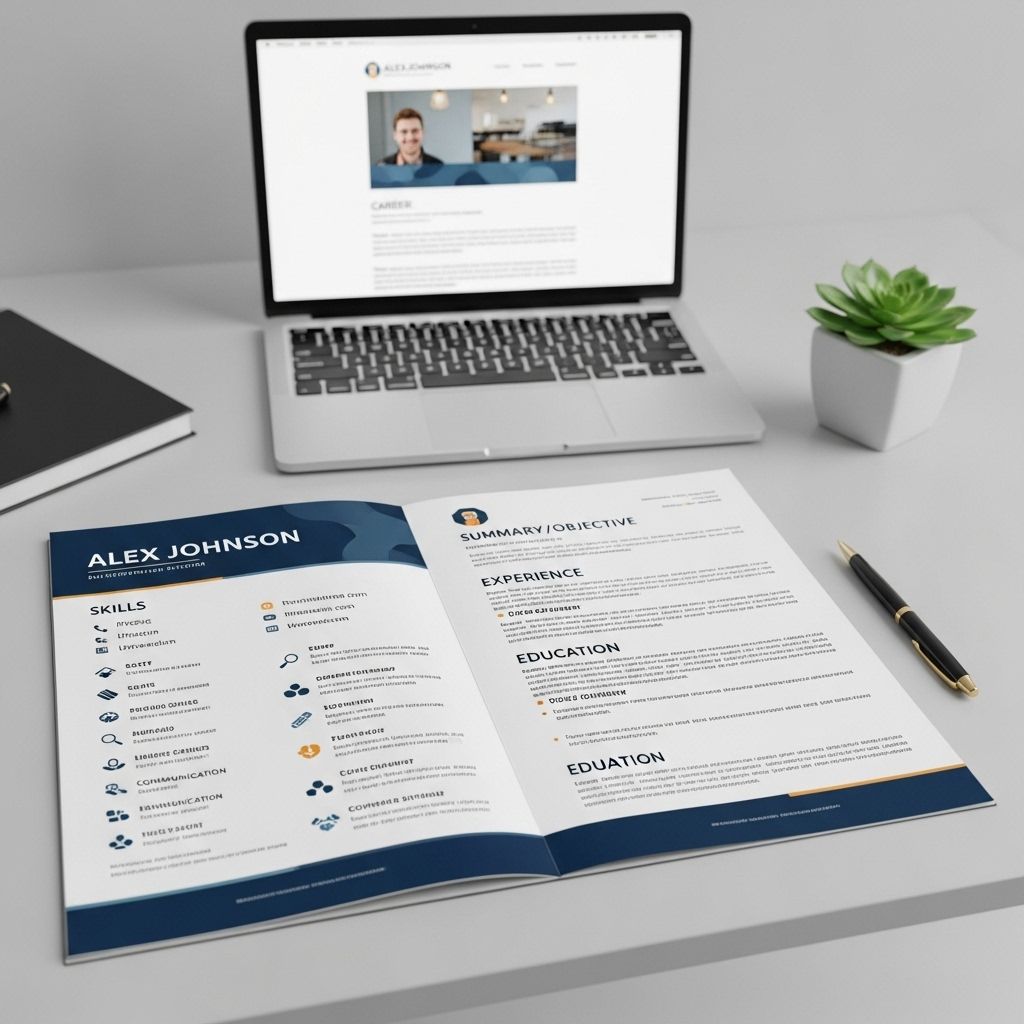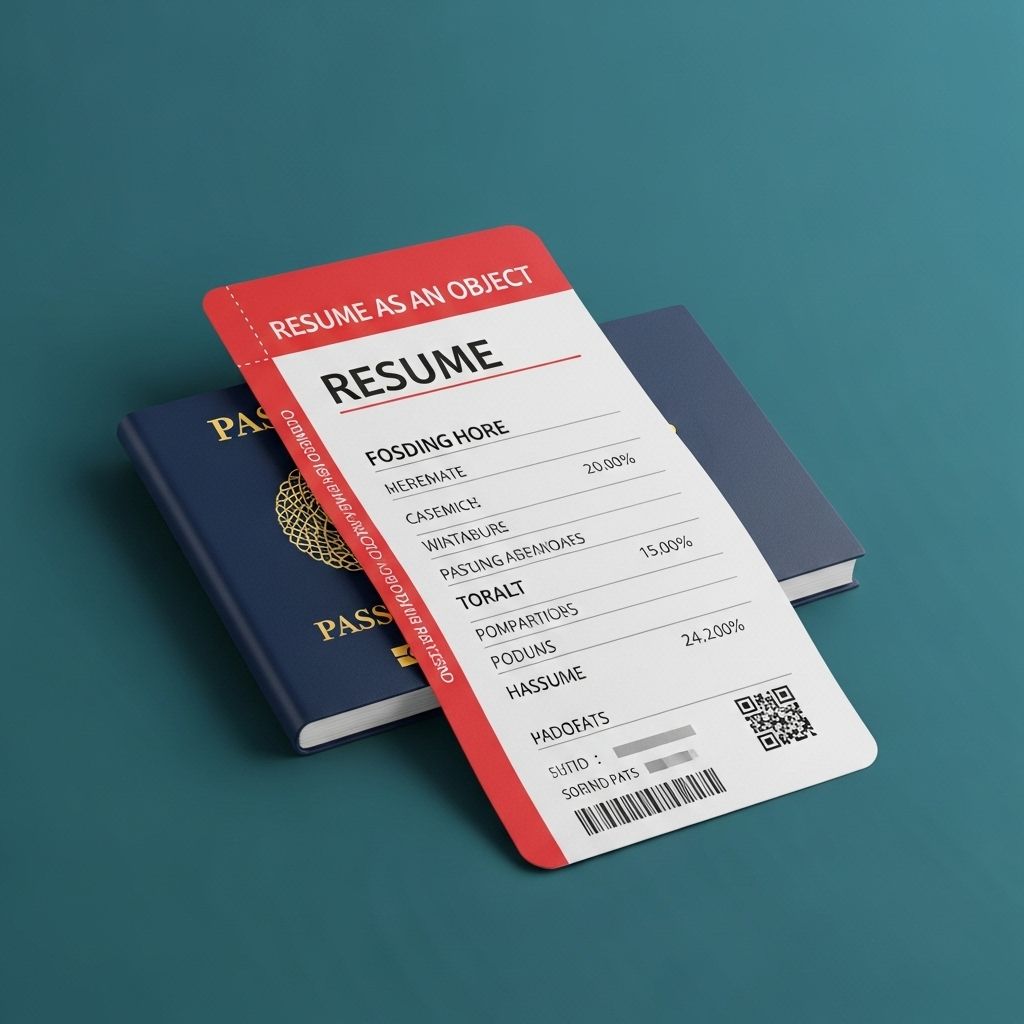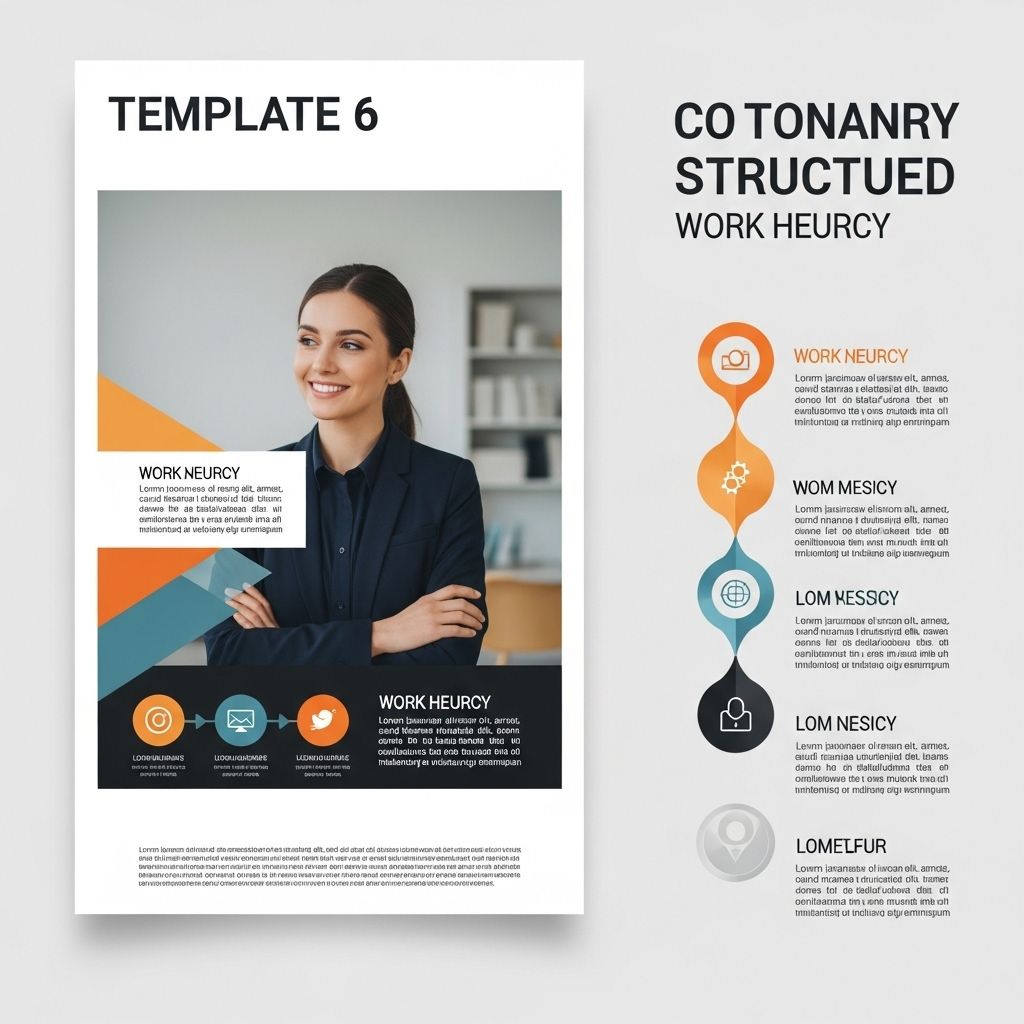In today’s competitive job market, a well-crafted resume is essential for standing out among countless applicants. A stunning resume not only showcases your skills and experiences but also represents your personal brand. This article will guide you through the essential components of an impressive resume, offer tips on formatting, and share best practices to enhance your job application.
Understanding the Purpose of a Resume
A resume serves as your personal marketing tool, allowing you to present your qualifications to potential employers. It highlights your professional journey, skills, and achievements, providing a snapshot of your abilities. The ultimate goal is to secure an interview, which means your resume must effectively convey your value.
Components of a Resume
Your resume should include the following key sections:
- Contact Information: Your name, phone number, email, and LinkedIn profile.
- Professional Summary: A brief overview of your career goals and key achievements.
- Work Experience: Details of your relevant work history, including job titles, companies, dates, and responsibilities.
- Education: Degrees obtained, institutions attended, and graduation dates.
- Skills: A list of relevant hard and soft skills.
- Certifications and Awards: Any relevant professional certifications or accolades.
Choosing the Right Resume Format
The format of your resume can significantly affect how your information is perceived. Three common formats are:
- Chronological: Lists work experience in reverse chronological order, ideal for those with a solid work history.
- Functional: Focuses on skills and experiences rather than chronological work history, suitable for those with gaps in employment or changing careers.
- Combination: Merges the chronological and functional formats, allowing for flexibility.
Crafting a Professional Summary
Your professional summary is the first thing employers will read, so it needs to make an impact. It should be concise (2-4 sentences) and highlight:
- Your years of experience and area of expertise.
- Key achievements or quantifiable results.
- Your career aspirations.
Example of a Professional Summary
Detail-oriented marketing professional with over 5 years of experience in digital marketing strategies, successfully increasing online engagement by 40%. Adept at utilizing data analytics to drive marketing campaigns and optimize performance. Seeking to leverage expertise in a challenging new role.
Detailing Your Work Experience
When listing your work experience, follow these guidelines:
- Start with the most recent job: List your positions in reverse chronological order.
- Use bullet points: Make your job duties easy to read by using bullet points.
- Be quantifiable: Where possible, use numbers to demonstrate your impact.
A Sample Work Experience Section
| Job Title | Company | Dates | Responsibilities |
|---|---|---|---|
| Digital Marketing Specialist | XYZ Corp | 2019 – Present |
|
| Marketing Assistant | ABC Inc. | 2017 – 2019 |
|
Showcasing Your Skills
Your skills section should reflect the abilities that are most relevant to the job you’re applying for. Consider splitting your skills into two categories:
Hard Skills
Technical abilities that are quantifiable and often job-specific, such as:
- Data Analysis
- SEO Optimization
- Project Management
Soft Skills
Interpersonal skills that may not be quantifiable but are essential for workplace success, such as:
- Communication
- Teamwork
- Problem-solving
Education and Certifications
In this section, list your educational background. For recent graduates, this may be more prominent than work experience. Include:
- Degree: The type of degree earned.
- Institution: The name of the college or university.
- Graduation Date: The month and year you graduated.
Example Education Entry
| Degree | Institution | Graduation Date |
|---|---|---|
| Bachelor of Science in Marketing | University of Example | May 2017 |
Designing a Visually Appealing Resume
While content is king, the design of your resume also matters. Consider these design principles:
- Use clear headings: Make it easy for hiring managers to find information.
- Choose an appropriate font: Stick to professional fonts such as Arial, Times New Roman, or Helvetica.
- Keep it concise: Aim for a one-page resume unless you have extensive experience.
- Utilize white space: Help guide the reader’s eye by ensuring your resume isn’t too crowded.
Tools for Designing Resumes
Several online tools can help you create a beautiful resume:
- Canva: Offers customizable templates.
- Google Docs: Provides simple templates and easy sharing options.
- Adobe Spark: Allows for more creative designs.
Final Tips for a Remarkable Resume
To ensure your resume stands out, keep these final tips in mind:
- Tailor your resume for each job application.
- Proofread for any errors or typos.
- Be honest about your experience and qualifications.
By following these guidelines, you’ll be well on your way to creating a stunning resume that captures the attention of employers and showcases your unique talents. Remember, your resume is not just a list of your past; it’s a marketing tool that should present the best version of you.
FAQ
What are the key elements of a stunning resume?
A stunning resume typically includes a clear header, a professional summary, relevant work experience, education details, key skills, and any certifications or achievements.
How can I make my resume stand out to employers?
To make your resume stand out, use a clean design, tailor it to the job description, use action verbs, quantify achievements, and include keywords relevant to the position.
What format should I use for my resume?
The most common resume formats are chronological, functional, and hybrid. Choose the format that best highlights your strengths and aligns with the job you’re applying for.
How important is the summary section of my resume?
The summary section is crucial as it provides a snapshot of your qualifications and makes a strong first impression. Tailor it to reflect your career goals and key skills.
Should I include a cover letter with my resume?
Yes, including a cover letter can enhance your application by allowing you to elaborate on your qualifications and explain your interest in the position.
How often should I update my resume?
You should update your resume regularly, especially after major accomplishments, new job experiences, or when applying for new positions to ensure it reflects your most current skills and experiences.




